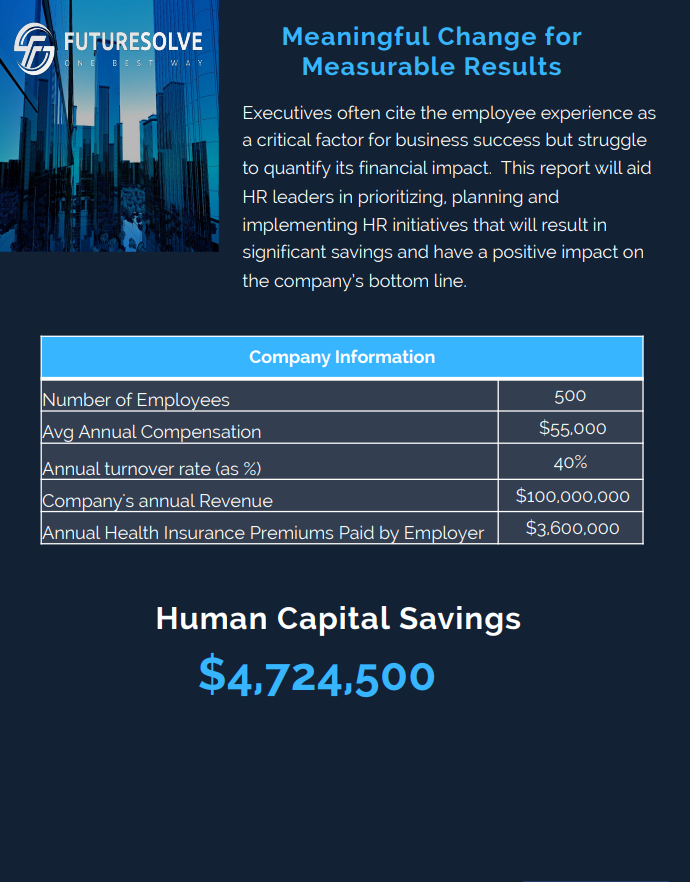Succession planning is a critical component of organizational strategy, ensuring the seamless transition of leadership and key roles within an organization. By proactively identifying and developing internal talent to fill critical positions, businesses can mitigate risks associated with leadership gaps and maintain continuity in operations. In this blog, we’ll explore the essential elements of designing a successful succession planning strategy to help organizations effectively groom future leaders and sustain long-term success.
- Establish Clear Objectives: Begin by defining the objectives and goals of your succession planning strategy. Identify key leadership positions and critical roles within the organization that require succession planning. Determine the desired outcomes, such as reducing leadership vacancies, developing a pipeline of internal talent, and promoting diversity and inclusion in leadership roles.
- Identify Key Positions and Talent Pool: Conduct a thorough assessment of current and future talent needs to identify key positions and critical roles that require succession planning. Evaluate the skills, competencies, and potential of existing employees to determine their suitability for future leadership roles. Create a talent pool comprising high-potential individuals who possess the qualities and capabilities necessary for succession.
- Develop a Talent Development Plan: Once you’ve identified potential successors, develop a comprehensive talent development plan to groom them for future leadership roles. Provide targeted training, mentoring, coaching, and experiential learning opportunities to enhance their skills and competencies. Encourage cross-functional exposure and rotations to broaden their knowledge and perspectives.
- Foster a Culture of Continuous Learning: Cultivate a culture of continuous learning and development within the organization to support succession planning efforts. Encourage employees to pursue ongoing education, certifications, and professional development opportunities relevant to their career aspirations. Provide access to resources, such as online courses, workshops, and conferences, to facilitate skill enhancement and knowledge acquisition.
- Implement Performance Management Systems: Implement robust performance management systems to assess and evaluate the performance of potential successors objectively. Establish clear performance criteria, goals, and metrics aligned with organizational objectives. Conduct regular performance reviews and provide constructive feedback to help individuals identify areas for improvement and development.
- Promote Diversity and Inclusion: Promote diversity and inclusion in succession planning efforts to ensure a broad representation of perspectives and experiences among future leaders. Create opportunities for underrepresented groups to participate in leadership development programs and initiatives. Foster an inclusive work environment where all employees feel valued, respected, and empowered to contribute their unique talents and perspectives.
- Encourage Succession Conversations: Encourage open and transparent discussions about succession planning at all levels of the organization. Encourage managers to have ongoing conversations with employees about their career aspirations, development goals, and potential pathways for advancement. Provide guidance and support to employees as they navigate their career paths and explore opportunities for growth within the organization.
- Monitor and Evaluate Progress: Continuously monitor and evaluate the effectiveness of your succession planning strategy to ensure alignment with organizational goals and objectives. Track key metrics such as internal promotion rates, time-to-fill critical positions, and employee engagement scores. Solicit feedback from stakeholders and adjust your strategy as needed to address evolving needs and challenges.
In conclusion, designing a successful succession planning strategy requires careful consideration of key elements such as talent identification, development, performance management, diversity, and inclusion. By establishing clear objectives, cultivating a culture of continuous learning, and fostering open communication and transparency, organizations can effectively groom future leaders and ensure long-term sustainability and success. By investing in succession planning, businesses can proactively prepare for leadership transitions and maintain a competitive edge in today’s rapidly evolving business landscape.





























